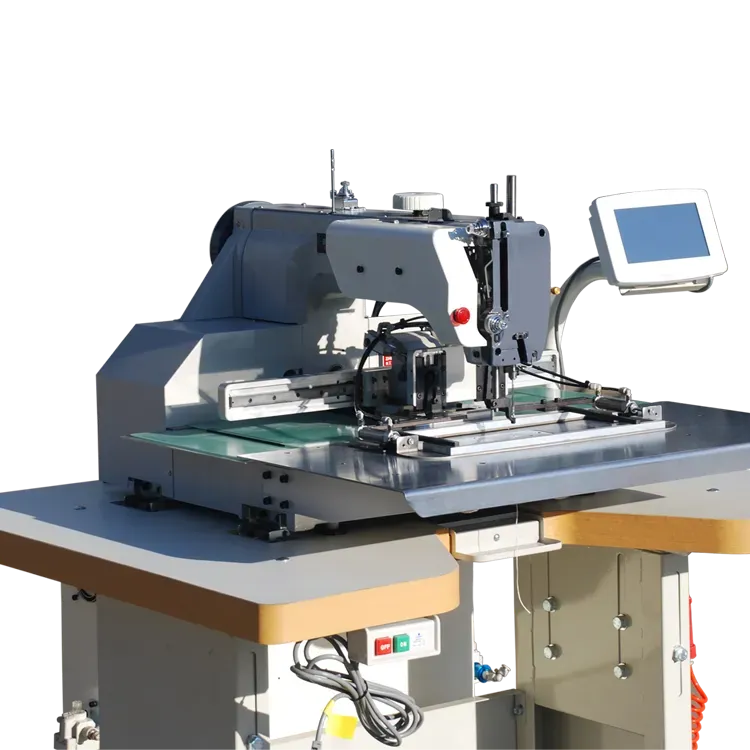Best Sewing Machines for Crafting Leather Holsters and Accessories at Home
Sewing Machines for Leather Holsters A Comprehensive Guide
Leatherworking is a revered craft that has captivated artisans for centuries. Among the most sought-after products in the leather industry are holsters, designed for firearms and other equipment. A sturdy and functional leather holster not only ensures the safety and accessibility of the weapon but also showcases the skills of the craftsman. When it comes to creating high-quality leather holsters, the choice of a sewing machine can be crucial. This article will explore the best sewing machines for leather holsters, factors to consider when selecting one, and some tips for sewing leather successfully.
Choosing the Right Sewing Machine
When it comes to sewing leather holsters, not just any sewing machine will suffice. Leather is a robust material, requiring a capable machine that can handle its thickness and density without compromising the quality of the stitches. Here are the primary factors to consider when choosing the right sewing machine for leatherwork
1. Types of Sewing Machines - Heavy-Duty Sewing Machines These machines are specifically designed to handle thick materials like leather, making them ideal for sewing holsters. They typically feature a powerful motor and a robust build, allowing them to sew through multiple layers of leather with ease. - Walking Foot Machines A walking foot sewing machine is beneficial for leatherwork because it evenly feeds the leather through the machine, preventing slippage and ensuring an even stitch. This feature is particularly crucial when working with thicker materials, ensuring consistent results. - Industrial Sewing Machines For those who plan to produce holsters on a larger scale, an industrial sewing machine is worth considering. These machines are built for high volume and are equipped with powerful motors that can handle heavy-duty tasks effortlessly.
2. Stitch Types The type of stitch is important in determining both the aesthetics and durability of leather holsters. Look for machines that provide a zigzag stitch and a straight stitch, as both are useful for different types of leatherwork. Some machines also offer decorative stitches that can enhance the overall look of the holster.
3. Presser Feet The presser foot is another crucial component when working with leather. Various presser feet are available to accommodate different sewing techniques. A teflon or roller foot can be particularly helpful, as it allows the leather to glide smoothly underneath the foot without sticking.
4. Needles Using the correct needle is vital when sewing leather. Leather needles have a specially designed point that helps to pierce through the material without splitting it. Make sure your sewing machine is compatible with various sizes of leather needles to cater to different thicknesses of leather.
Recommended Sewing Machines for Leather Holsters
- SINGER Heavy Duty 4423 Known for its powerful motor and heavy-duty construction, this machine is excellent for beginners and experienced sewers alike. It can handle six layers of leather with ease and offers various stitch options, including a straight and zigzag stitch.
- Juki TL-2010Q This industrial sewing machine is a favorite among leatherworkers. It boasts a powerful motor, a walking foot, and an automatic needle threader. This machine is perfect for creating professional-quality leather holsters.
sewing machine for leather holsters

- Brother ST371HD This versatile heavy-duty machine is designed for various materials, including leather
. It features a strong motor and multiple stitch options, making it suitable for crafting holsters.Tips for Sewing Leather Holsters
Once you’ve selected your sewing machine, it’s essential to follow some best practices to achieve the best results when sewing leather
1. Use the Right Thread Choose strong, high-quality polyester or nylon thread, which can withstand the stress and strain placed on leather items.
2. Cut Carefully Use a sharp utility knife or rotary cutter for cutting leather, as clean cuts will create better seams and finished edges.
3. Practice Stitching Before sewing your holster, practice on scrap pieces of leather to check settings and stitch quality.
4. Use Clips Instead of Pins Traditional pins can puncture leather and cause damage. Instead, use clips to hold pieces together while sewing.
5. Be Patient Sewing leather can be more challenging than other fabrics. Take your time to ensure each stitch is precise and the finished product is polished.
Conclusion
Investing in the right sewing machine is crucial for producing high-quality leather holsters. By understanding material requirements and selecting a well-suited machine, leatherworkers can create durable, functional, and aesthetically pleasing holsters. With practice and the right tools, anyone can master the art of leatherworking and produce items that stand the test of time. Happy sewing!
-
Boost Production Efficiency with a Pattern Sewing MachineNewsAug.29,2025
-
Industrial Excellence with the Best Heavy Duty Sewing MachineNewsAug.29,2025
-
Precision and Power with the Best Pattern Sewing MachineNewsAug.29,2025
-
Reliable Bulk Packaging Starts With the Right FIBC Sewing MachineNewsAug.29,2025
-
Advanced Packaging Solutions: Elevate Productivity with Jumbo Bag Sewing Machine and Industrial Stitching EquipmentNewsAug.29,2025
-
High-Performance Solutions for Bulk Packaging: FIBC Sewing Machine and MoreNewsAug.29,2025
-
Maximize Efficiency with an Industrial Cylinder Arm Sewing MachineNewsAug.28,2025


























